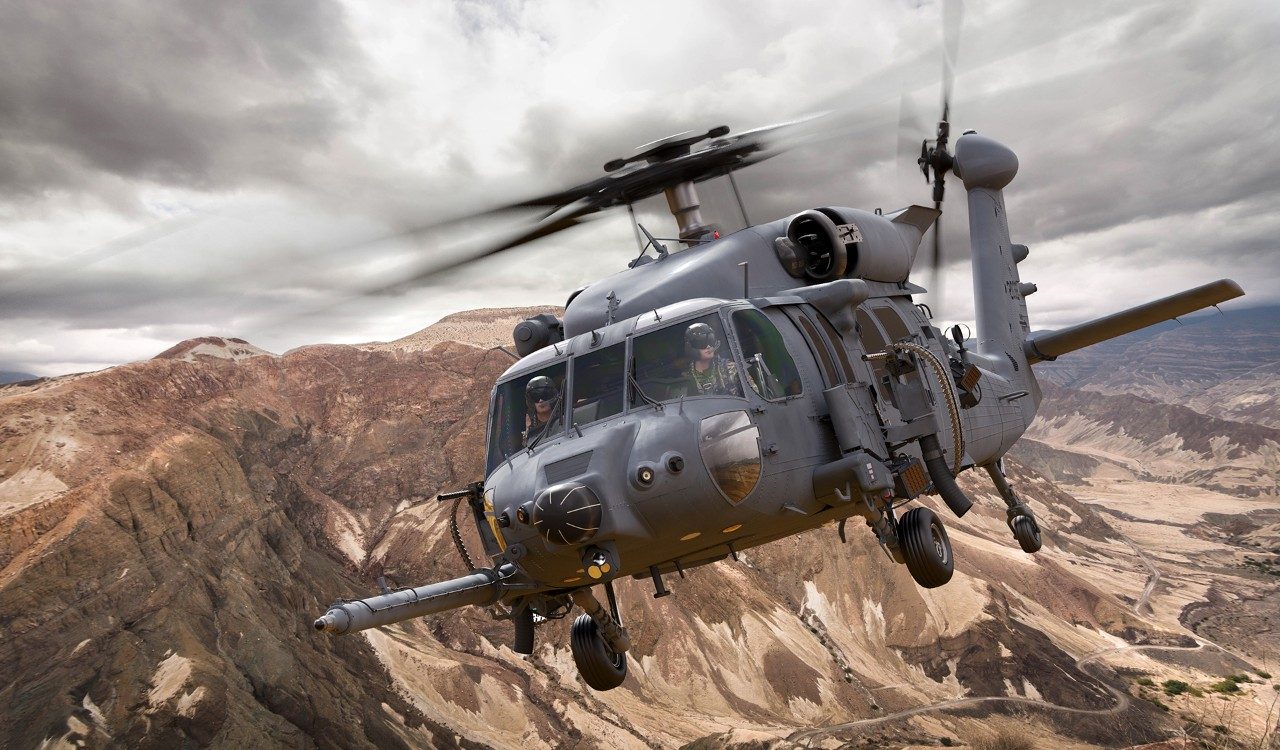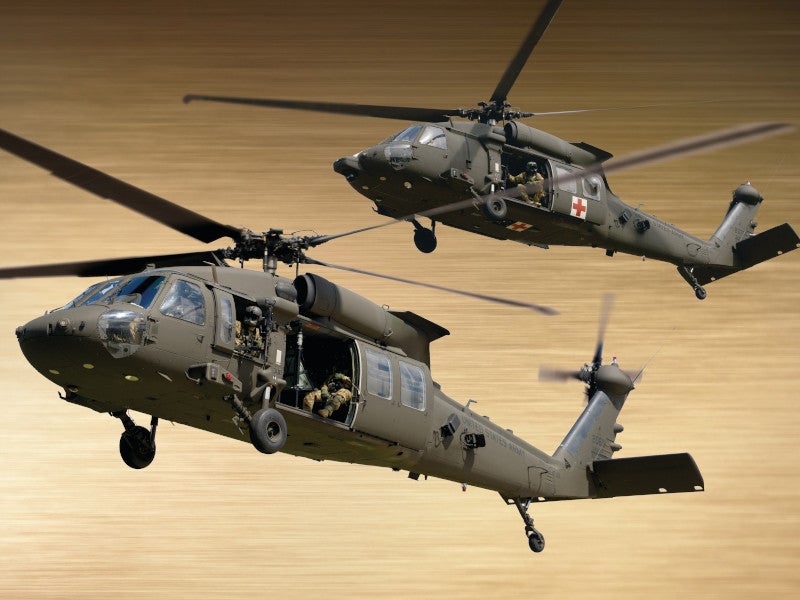The Effect of Lasting Practices on the Future of Airplane Procedures and Emissions Decrease
As the aeronautics sector faces raising examination over its ecological effect, the adoption of lasting methods arises as a crucial pathway toward future airplane procedures and exhausts reduction. Developments in lasting aeronautics gas and developments in crossbreed propulsion technologies stand at the leading edge of this transformation, promising considerable reductions in greenhouse gas discharges. The effective integration of these campaigns pivots on a variety of factors, including governing frameworks and market cooperation. The inquiry remains: exactly how will these progressing techniques improve the dynamics of air travel and add to an extra sustainable future?

Introduction of Lasting Practices
Lasting practices in aircraft procedures encompass a range of techniques targeted at minimizing environmental impact while preserving functional efficiency. These practices are important in the aeronautics market's commitment to decreasing its carbon footprint and sticking to worldwide ecological standards. Trick campaigns consist of enhancing trip courses to minimize fuel consumption, improving maintenance procedures to guarantee airplane run at peak performance, and executing innovative technologies such as winglets and lightweight materials that improve aerodynamics.

Involving and educating staff on sustainability techniques likewise play a vital function, promoting a society of ecological duty within companies. Overall, the combination of these lasting methods not just helps in reducing exhausts however additionally improves the long-lasting feasibility of the aviation field, guaranteeing it meets the needs of both consumers and regulative bodies while adding to worldwide sustainability goals.
Innovative Gas Alternatives
Various ingenious gas options are becoming essential solutions to decrease the aviation industry's dependence on standard nonrenewable fuel sources. Amongst these options, Sustainable Aviation Fuels (SAFs) have gotten substantial interest due to their potential to decrease lifecycle greenhouse gas emissions by up to 80% compared to conventional jet gas. SAFs are stemmed from various feedstocks, consisting of waste oils, agricultural deposits, and also algae, making them a functional choice for the industry.
An additional appealing alternative is hydrogen gas, which, when made use of in fuel cells, produces just water vapor as a by-product. Additionally, electrical propulsion systems are being checked out, leveraging battery technology to power airplane.
Finally, biofuels derived from biomass are being investigated, offering a sustainable option that can be mixed with traditional gas. Jointly, these innovative gas options stand for a critical action towards attaining a sustainable aeronautics environment, lining up with global emissions reduction targets and enhancing the market's environmental stewardship.
Technical Improvements in Aviation

Exactly how can technical improvements reshape the future of aeronautics? The assimilation of sophisticated technologies is pivotal in changing aircraft procedures, enhancing efficiency, and lowering emissions. Advancements such as electrical and hybrid propulsion systems are at the center, promising anonymous considerable decreases in Extra resources fuel usage and greenhouse gas emissions. These systems leverage advancements in battery technology and power administration, enabling airplane to operate with a reduced environmental footprint.
In addition, the implementation of sophisticated materials, such as light-weight composites, adds to enhanced aerodynamics and fuel performance. Using synthetic intelligence and artificial intelligence in trip operations enhances route planning and lowers fuel melt by making it possible for real-time modifications based upon weather and website traffic conditions. In addition, the advancement of autonomous and from another location piloted aircraft systems stands to change cargo and traveler transportation, possibly raising effectiveness while minimizing human mistake.
In addition, lasting aeronautics technologies, including advanced air website traffic monitoring systems, can reduce and simplify procedures blockage, causing lower discharges throughout trip. These innovations jointly represent a standard change in aviation, guaranteeing a future where sustainability and operational effectiveness are intertwined, thus supporting the sector's commitment to decreasing its environmental effect.

Regulative Framework and Compliance
Because of the growing focus on ecological stewardship within the air travel market, the regulative structure regulating aircraft operations is advancing to advertise sustainable methods. Regulative bodies, such as the International Civil Air Travel Organization (ICAO) and different national aeronautics authorities, are introducing rigid guidelines targeted at minimizing discharges and enhancing functional performance.
These laws commonly include the adoption of Lasting Aviation Gas (SAF), which has been identified as a crucial component in attaining lower carbon footprints. Conformity with these regulations calls for airline companies to carry out advanced modern technologies and functional practices, such as maximized trip courses and enhanced air website traffic administration, to decrease fuel consumption.
Additionally, the enforcement of discharges trading schemes and carbon balancing out initiatives is coming to be increasingly common, compelling airlines to monitor and report their exhausts properly. Non-compliance can result in significant penalties, hence pushing operators to focus on sustainability in their organization models.
Inevitably, the progressing governing landscape not only drives development and financial investment in environment-friendly innovations but additionally cultivates a society of accountability within the aeronautics market. As these structures continue to establish, the concentrate on sustainable methods will be essential to achieving the industry's long-term environmental goals.
Future Trends in Airplane Workflow
As the aeronautics market adapts to a progressively strict regulatory setting, future patterns in airplane operations are established to focus on innovative remedies that even more boost sustainability and effectiveness - uh 60. Secret developments will official source likely include the fostering of sophisticated air web traffic management systems, which utilize real-time information and expert system to optimize trip paths, minimizing fuel intake and discharges
Another substantial trend is the boosted integration of lasting air travel gas (SAFs) These options to traditional jet gas, stemmed from renewable resources, can substantially decrease lifecycle greenhouse gas exhausts. The industry's commitment to SAFs will likely accelerate as airline companies collaborate with fuel manufacturers to guarantee accessibility and cost-effectiveness.
Additionally, the press towards electrification and crossbreed propulsion systems is gaining momentum. Emerging aircraft layouts will certainly incorporate these modern technologies, offering quieter and a lot more efficient operations, especially for short-haul flights.
Verdict
The adoption of sustainable air travel fuels, combined with improvements in hybrid and electrical propulsion systems, is vital for lessening lifecycle greenhouse gas emissions. Optimizing flight courses and embracing cutting-edge innovations add to a quieter and a lot more ecologically friendly aeronautics field.
Developments in lasting aviation fuels and advancements in crossbreed propulsion technologies stand at the center of this transformation, encouraging substantial decreases in greenhouse gas emissions.Various ingenious fuel options are emerging as pivotal options to reduce the air travel market's reliance on traditional fossil gas - uh 60. Among these options, Sustainable Aviation Gas (SAFs) have actually gotten significant interest due to their prospective to lower lifecycle greenhouse gas discharges by up to 80% contrasted to conventional jet fuels.An additional considerable pattern is the boosted assimilation of sustainable aviation gas (SAFs) The fostering of sustainable aviation gas, coupled with advancements in electrical and hybrid propulsion systems, is vital for reducing lifecycle greenhouse gas discharges